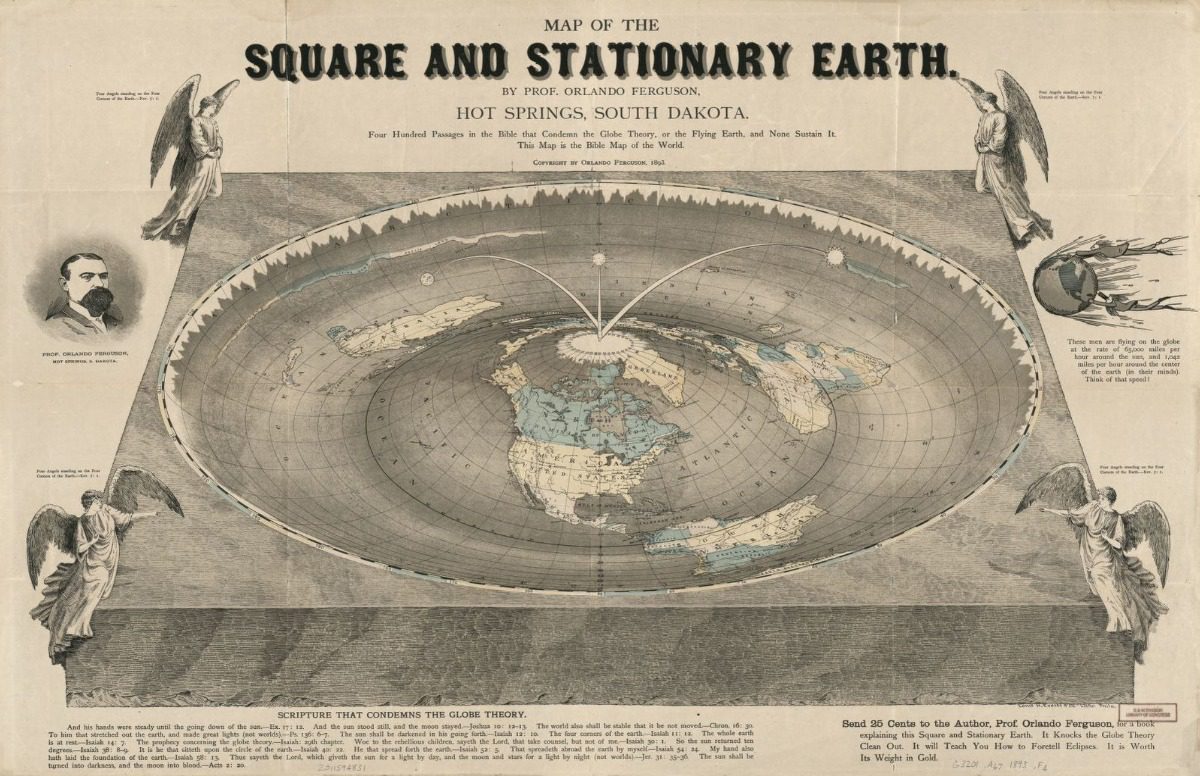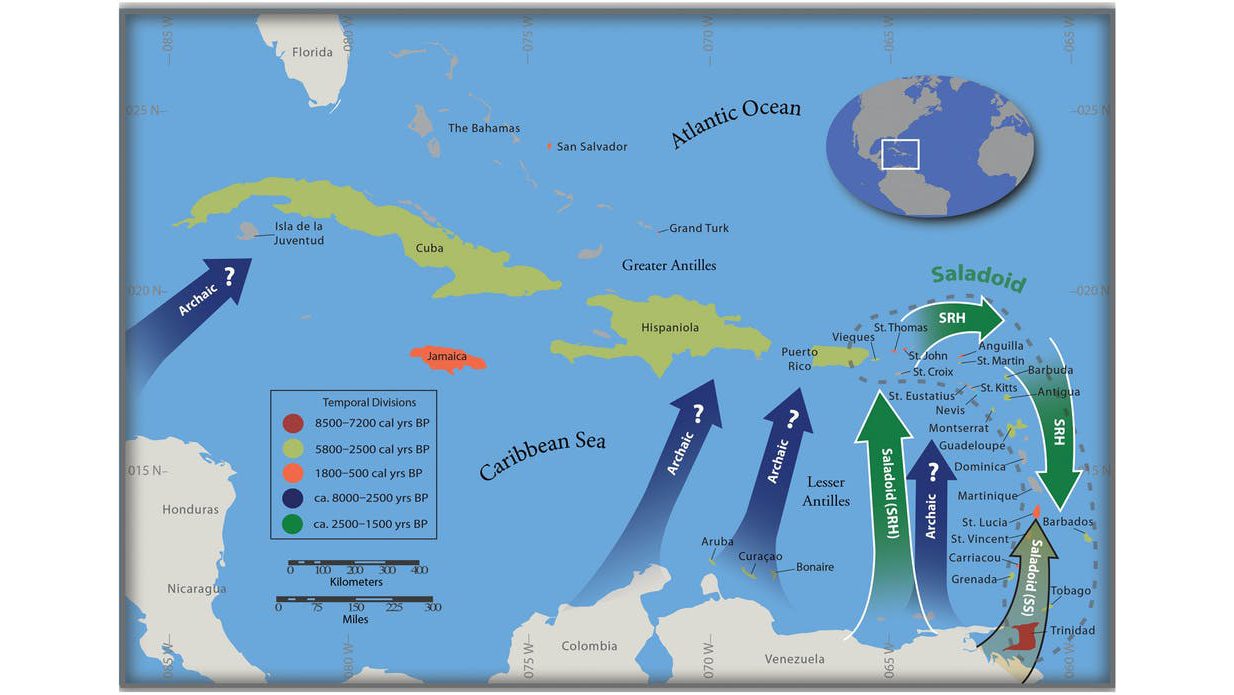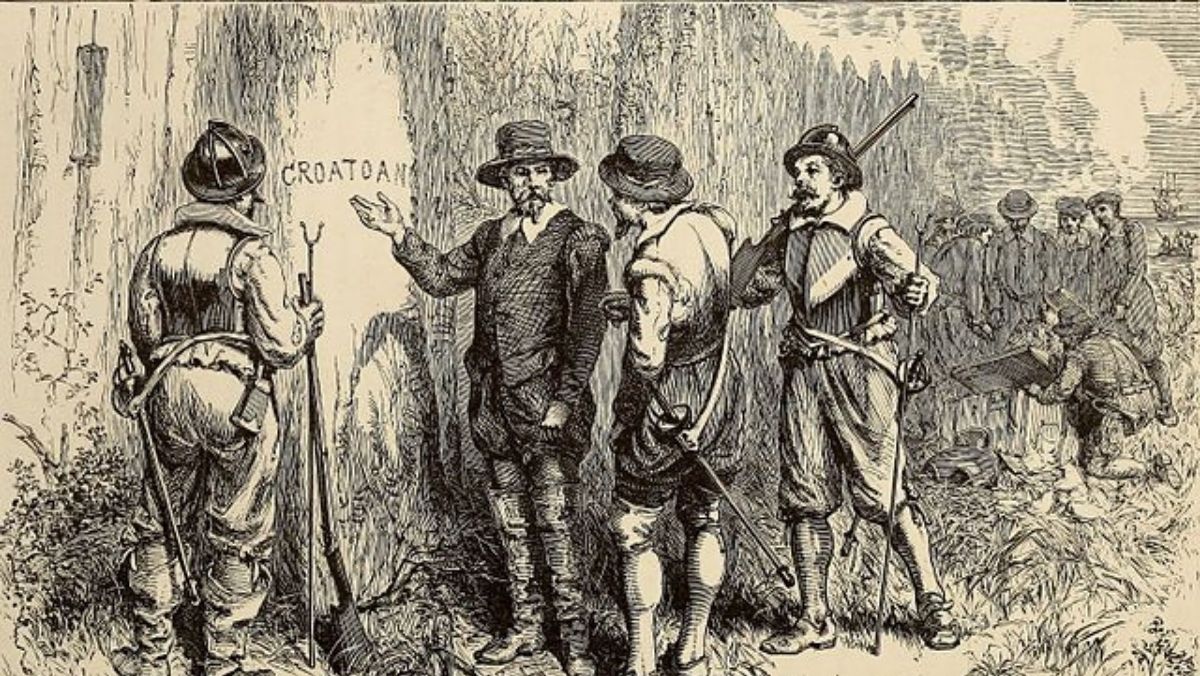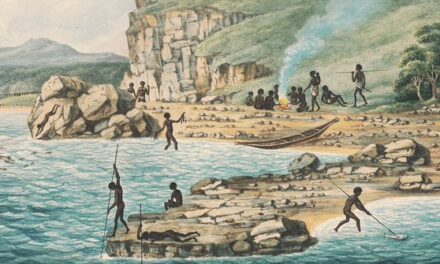Reading time: 8 minutes
In 1821, Gregor MacGregor, a seemingly ordinary man deceived banks, investors, the general public, and even European governments. He is ranked as one of the biggest conmen in history, perhaps the biggest conman the world has ever seen.
By Madison Moulton
Gregor MacGregor managed to dupe many into believing that he had founded a nation in Latin America. Here, investors and settlers were told they would make a fortune from the established and extremely fertile lands of Poyais. How did this normal Scottish soldier convince hundreds of people to invest in his fake country in a scheme that, for many, would turn out to be deadly?
Who was Gregor MacGregor?
When he arrived in London after his supposed adventures, Gregor MacGregor claimed to be His Serene Highness Gregor I. The Cazique (prince) of Poyais, a land situated along Honduras’s Black River.
But his lying didn’t start there. MacGregor claimed to be from a noble family, but in other tales, he was descended from famous outlaws, adventurers, and colonists.
The truth is, he was born on Christmas Eve in 1786. His father was an East India Company ship captain. His grandfather was an officer in what would later become the Black Watch, a battalion within the Royal Regiment of Scotland. The MacGregor family was notable within the Jacobites and played a role in his outlawed Clan Gregor being re-legalized.
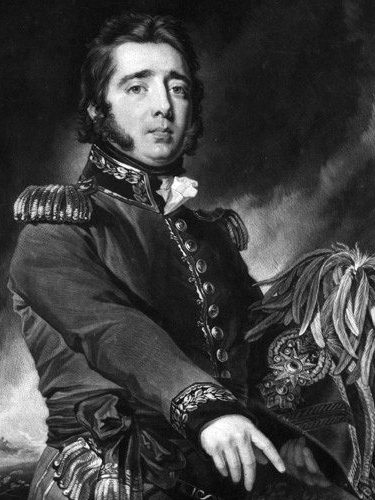
There’s not much known of MacGregor’s childhood, but he claimed to have attended the University of Edinburgh. What is known, is that at 16 in 1803, he joined the British Army – the same year the Napoleonic wars escalated.
Although the threat of French invasion was very real, it never came and MacGregor lived a relatively uneventful year in southern England. As uneventful as it was, he would see a promotion to lieutenant and would later meet his future first wife, Maria Bowater.
Scottish Nobody to Revolutionary Hero
Upon his return to Scotland, Gregor MacGregor tried his best to climb the ladder of high society. When this failed, the MacGregor’s moved to London, where Gregor claimed to have been knighted for his military service. “Sir” MacGregor was now making a big impact in London high society with many other claims.
In 1811 Gregor MacGregor’s wife Maria died, and her family cut MacGregor off financially. Still hungry for social high life and fame, he was drawn to South America and the war for independence there.
After he arrived on the shores of Venezuela in 1812, his fabricated knighthood would gain him favour with the famous Francisco de Miranda.
Miranda appointed MacGregor a cavalry officer and his climb up the high society ladder continued. He soon married Doña Josefa Antonia Andrea Aristeguieta y Lovera, a prominent member of Venezualen high society. Even better, Josefa was the cousin of the famous revolutionary, Simón Bolívar.

Gregor MacGregor was soon promoted to brigadier-general, but the revolutionary cause was failing and would soon face several challenges. In 1816, he and Bolívar reconnected and began Bolívar’s umpteenth attempt to regain control of Venezuela. In a series of failures and pushbacks, Bolívar fled, leaving MacGregor and his men stranded in enemy territory. Surprisingly MacGregor led his men to safety, gaining their unwavering loyalty. His feat gained him hero status and MacGregor basked in his newfound fame.
But that wasn’t enough – MacGregor wanted more.
Gregor MacGregor the Conman
In 1817, MacGregor was tasked with recruiting men to capture ports in Spanish-Florida in the United States for the revolutionary cause. He was quite persuasive in his recruitment attempts, promising new members titles to land in Florida. MacGregor successfully recruited 200 mercenaries and by June that year, set forth to invade Florida. This invasion was successful and MacGregor found himself enjoying a lavish life, while his mercenaries were left empty-handed. Later, MacGregor fled Florida, along with heaps of money, leaving his men behind.
His second conning attempt worked just as easily as the first. In 1818, he successfully recruited 500 men to help him conquer Panama. His heroics in South America made him easy to trust. He captured the city of Porto Bello, but his success stopped there. Instead of establishing strongholds to stave off a Spanish counterattack, MacGregor once again lounged in his success. When the inevitable counterattack occurred, he fled once more, leaving many of his loyal soldiers behind.
Despite MacGregor’s tarnished reputation, his name continued to carry weight in the upper echelons of society and he maintained a loyal band of followers. His plans worked once more in 1819 at a Royalist outpost along the Venezuelan coast. MacGregor’s third failed attempt caused a final fallout with Bolívar. He was no longer a Revolutionary hero, but one of the most wanted men in Venezuela.
His Biggest Con, Gregor MacGregor and the Poyais Scheme
Following his failures and schemes, MacGregor disappeared. But not for long. In April 1820, he found himself on the shores of the Mosquito Coast. He quickly gained access to King George Frederic Augustus’s court. He somehow convinced the King of the Mosquito Coast to give him a title deed of approximately 8 million acres of tribal land. This patch of the jungle was dubbed ‘Poyais’, with MacGregor its self-proclaimed Prince.
MacGregor sailed back to London in 1821, with his biggest scheme in motion. He claimed to be in London on behalf of the Poyais people, to seek investors and settlers, styling himself as Gregor MacGregor, Prince of Poyais. Despite his setbacks under Bolívar, MacGregor was still considered a revolutionary hero and many still remembered his claims of knighthood. This, along with the political climate of the era, made his claims of a new country and his new titles easy to believe.
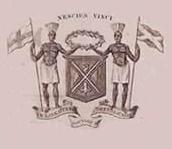
Gregor MacGregor began his Poyais Scheme. He convinced many to buy plots of land in Poyais, a country so fertile that it could be harvested three times a year. Part of the sales pitch was the claim of a well-established democratic country, with enviable infrastructure and no deadly diseases. His title deed from the Mosquito Coast’s King only solidified is his claims, along with his aggressive sales campaign in newspapers and even the creation of a settler’s guidebook.

MacGregor’s plan worked. In 1822, the first group of settlers set sail to their promise land with high hopes. When they arrived, however, they weren’t met with an established country with fertile land. Instead, they faced a deserted stretch of coast surrounded by jungle. Instead of turning back, the settlers simply believed they were in the wrong place. They disembarked and sent their captain to find Poyais. This group was later met with the second set of settlers, all of which were now stranded on a desolate piece of Mosquito Coast.
The Aftermath
The stranded group, now hundreds strong, still believed that Poyais existed, and forced their captain to continue looking. While they waited, a hurricane battered the Mosquito Shore. Essential supplies were lost, along with the remaining ship.
In the wake of the hurricane, was the rainy season, which was ultimately followed by swarms of mosquitos. With the swaths of mosquitos, which made famous the Mosquito Coast, came diseases such as malaria and yellow fever. The majority of the abandoned settlers died of these diseases. The survivors were luckily saved by a passing ship.
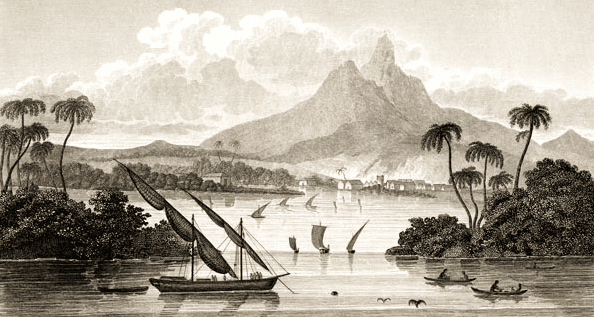
The colonial authorities were quickly alerted. For much of 1823, the Royal Naval evacuated many survivors and intercepted five ships bound for Poyais. News of the reality of Poyais only reached London in October 1823. But it was too late – Gregor MacGregor had already fled England, with as much of his earnings as he could carry.
Despite being found out, this grandiose scheme wasn’t over. It lasted for an additional 15 years. He was extremely successful in France, where he even managed to climb the ranks of the French government. When the truth unraveled the scheme once more, MacGregor blamed his French partners and got off scot-free.
MacGregor returned to Britain, where he continued his successful scheme. After the death of Josefa in 1838, the conman seemed to finally give up. MacGregor sailed back to Venezuela, where he was no longer a wanted man, but instead remembered for his heroics. He found himself back in the Venezuelan army and never mentioned Poyais again. Gregor MacGregor lived the remaining years of his life in Venezuela, wealthy and respected by many. He died peacefully of natural causes in 1845, never having to pay for his crimes. Gregor Macgregor’s cause of death seems particularly galling considering the many people he lead to their deaths, without consequences for himself.
Gregor MacGregor was responsible for an estimated 500 deaths resulting from his various cons and the Poyais Scheme. His charm and ability to fool hundreds of people allowed MacGregor to be as successful as he was. He is without a doubt, the greatest and biggest conman in history. There truly is no moral to this story, except maybe, don’t believe everything you hear.

